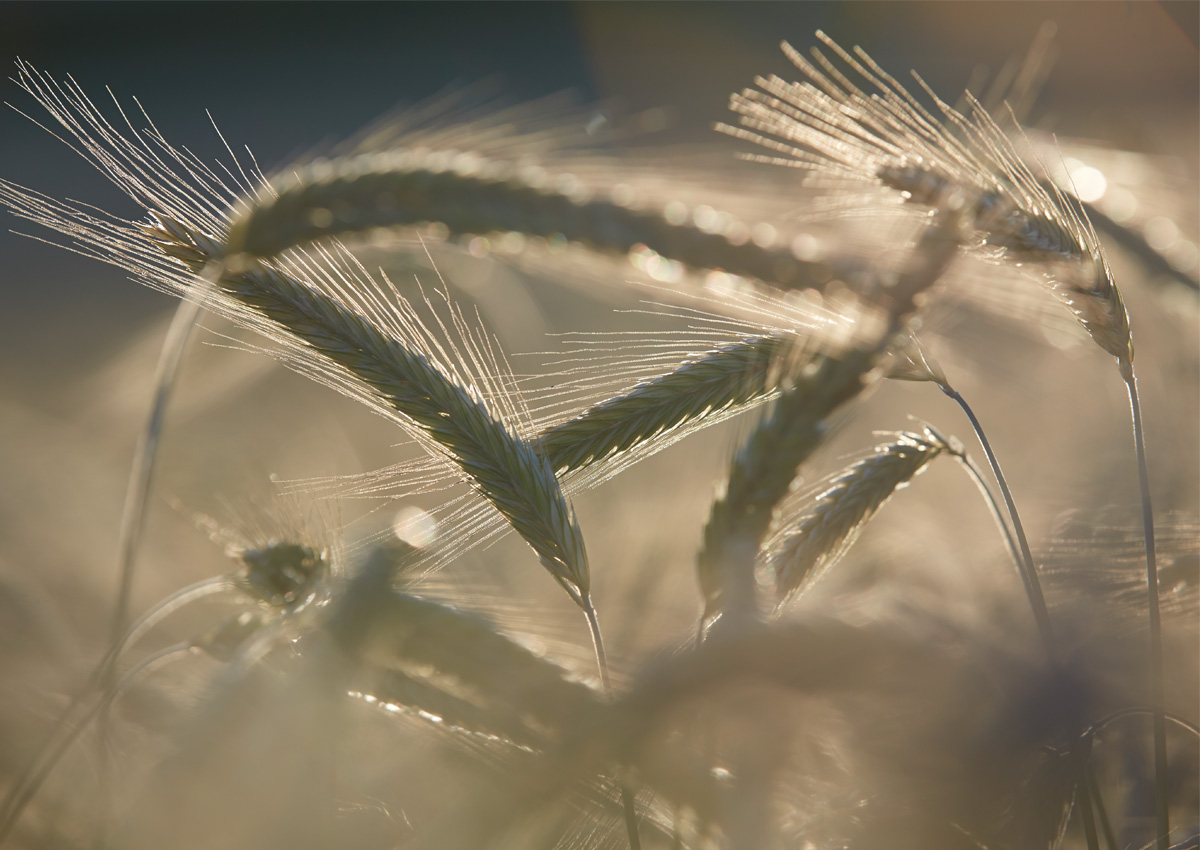
International Research Team Releases Rye Genome Sequence
March 24, 2021| |
An international team of researchers from the International Rye Genome Sequencing Group (IRGSG) and their collaborators from 14 countries led by the IPK Leibniz Institute in Germany has released the genome sequence of rye, a distinctly climate-resistant cereal plant that is of considerable importance for Germany and northeastern Europe.
Rye has a close and long evolutionary history with barley and wheat, though its role as an important crop is shorter. While barley and wheat were domesticated about 10,000 years ago, rye spread to Northern Europe as a weed growing in barley and wheat fields. Gradually, rye adopted the characteristics of its two "big brothers" before becoming a purely cultivated species 5,000-6,000 years ago.
Rye is a diploid with a large genome, 50% larger than the syntenic diploid barley and bread wheat subgenomes. The researchers used homozygous seeds from the plant breeding company KWS SAAT SE & Co. KGaA. Andres Gordillo, lead of rye breeding at KWS said, "The new genome sequence of our inbred line Lo7 is a great technological achievement and an important step forward towards a more comprehensive genetic characterization of this crop." He added that the new genome sequence will make it easier to link resistance traits observed in the field with their underlying genes and their positions in the rye genome.
The results of their research are published in an open-access paper in Nature Genetics. For more details, read the news releases from IPK, the University of Saskatchewan, and the University of Maryland.
| |
You might also like:
- NZ's Environmentally Sustainable Ryegrass for Livestock Makes Steady Progress in the Field
- Gene Editing Can be Used to Make Wheat with Safe Gluten
- Cytogenetic Engineering of Triticale to Improve Its Breadmaking Quality
Biotech Updates is a weekly newsletter of ISAAA, a not-for-profit organization. It is distributed for free to over 22,000 subscribers worldwide to inform them about the key developments in biosciences, especially in biotechnology. Your support will help us in our mission to feed the world with knowledge. You can help by donating as little as $10.
-
See more articles:
-
News from Around the World
- International Research Team Releases Rye Genome Sequence
- Experts Initiate to Modernize OECD Biotechnology and Biosafety Recommendation of 1986
- NTU Singapore Develops Communication Device for Plants
- Pakistan Committed to Enhance Cotton Crop Output, Minister
- Japanese Researchers Discover Phytol as Agent for Root-Knot Nematode Resistance
- Chinese Study Confirms that Extreme GM Opposition is Associated With Low Objective Knowledge Levels
- Japan Launches World's First Genome-Edited Tomato
- Experts Unravel One Big Secret of Photosynthesis
- Gene Discovery to Help Increase Cereal Yields
-
Research Highlights
- Positive Regulator of Cold Tolerance in Banana Found
-
Plant
- Improved CRISPR-Cas9 Version Knocks Out Multiple Plant Genes at Once
- Canada Exempts Non-novel Gene-edited Plants from Regulatory Review
-
Read the latest: - Biotech Updates (December 17, 2025)
- Gene Editing Supplement (December 17, 2025)
- Gene Drive Supplement (February 22, 2023)
-
Subscribe to BU: - Share
- Tweet

